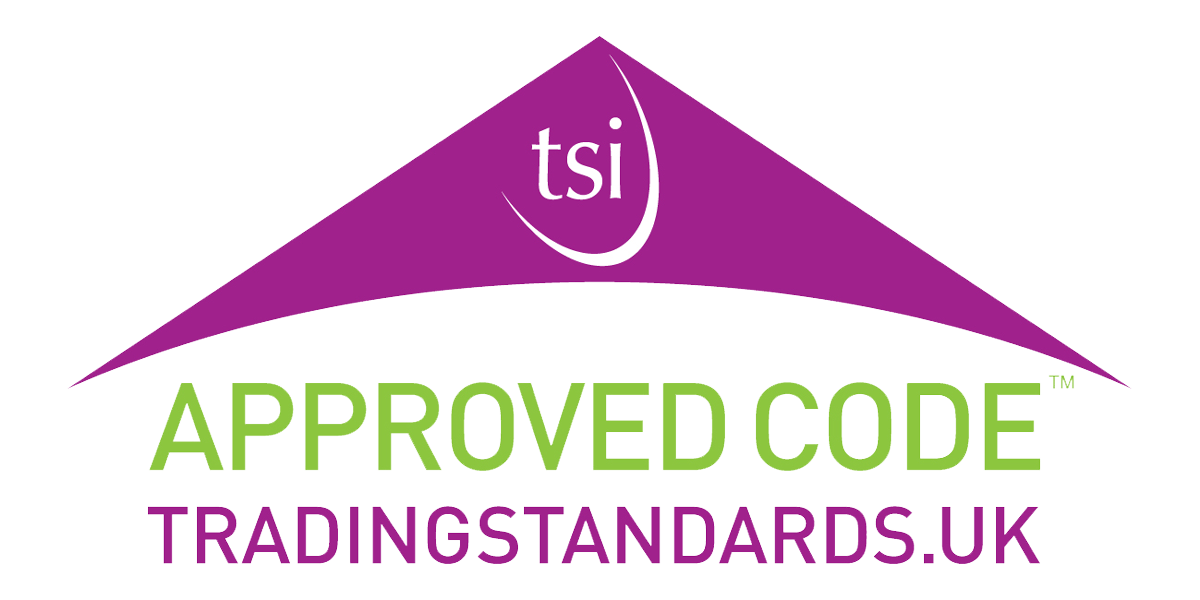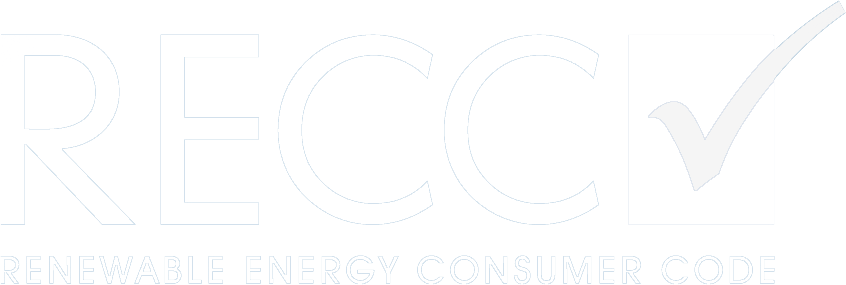With electric vehicles (EVs) becoming increasingly popular, having a home charging point is a smart and convenient investment. Installing an EV charger ensures you have reliable, cost-effective charging at home. Here’s a simple five-step plan to guide you through the installation process.
Step 1: Assess Your Property’s Suitability
Before installing an EV charging point, check whether your property is suitable. Consider:
- Do you have a driveway, garage, or dedicated parking space near an electricity supply?
- Is your electrical system capable of handling the additional load?
- Are there any planning restrictions in place, such as in listed buildings or conservation areas?
If you’re unsure, reach out and we can assess your home’s suitability.
Step 2: Choose the Right Charger
There are various types of EV chargers available, so selecting the right one is crucial. Key considerations include:
- Charging speed: Most home chargers are either 3.6kW, 7kW, or 22kW (though the latter requires three-phase power).
- Smart features: Some chargers allow scheduling, remote monitoring, and energy tracking via an app.
- Tethered vs. untethered: Tethered chargers have a fixed cable, while untethered chargers offer flexibility with interchangeable cables.
Step 3: Find a Certified Installer
For safety and compliance, an EV charging point must be installed by a certified electrician. Look for installers accredited (like us) by OZEV (Office for Zero Emission Vehicles) and those offering warranties on their work. Choosing an OZEV-approved installer can also help you qualify for government grants, such as the EV Chargepoint Grant.
Step 4: Installation and Setup
The installation process typically involves:
- Mounting the charger on an external wall or garage.
- Running a cable from your main electrical supply to the charger.
- Installing necessary safety components, such as circuit breakers.
- Configuring the charger settings and connecting it to your home’s WiFi (for smart features).
Most installations take just a few hours, but more complex setups may take longer.
Step 5: Test and Start Charging
Once installed, your installer will test the charger to ensure it’s working correctly. They’ll also show you how to use it, set up smart features, and schedule charging times to take advantage of lower energy tariffs. Now you’re ready to charge your EV conveniently at home!
Final Thoughts
Installing an EV charging point is a straightforward process that offers long-term convenience and savings. By assessing your property, choosing the right charger, working with a certified installer, and understanding the setup process, you can enjoy hassle-free home charging. If you’re ready to install an EV charger, get in touch with our expert team for professional guidance and installation services.






